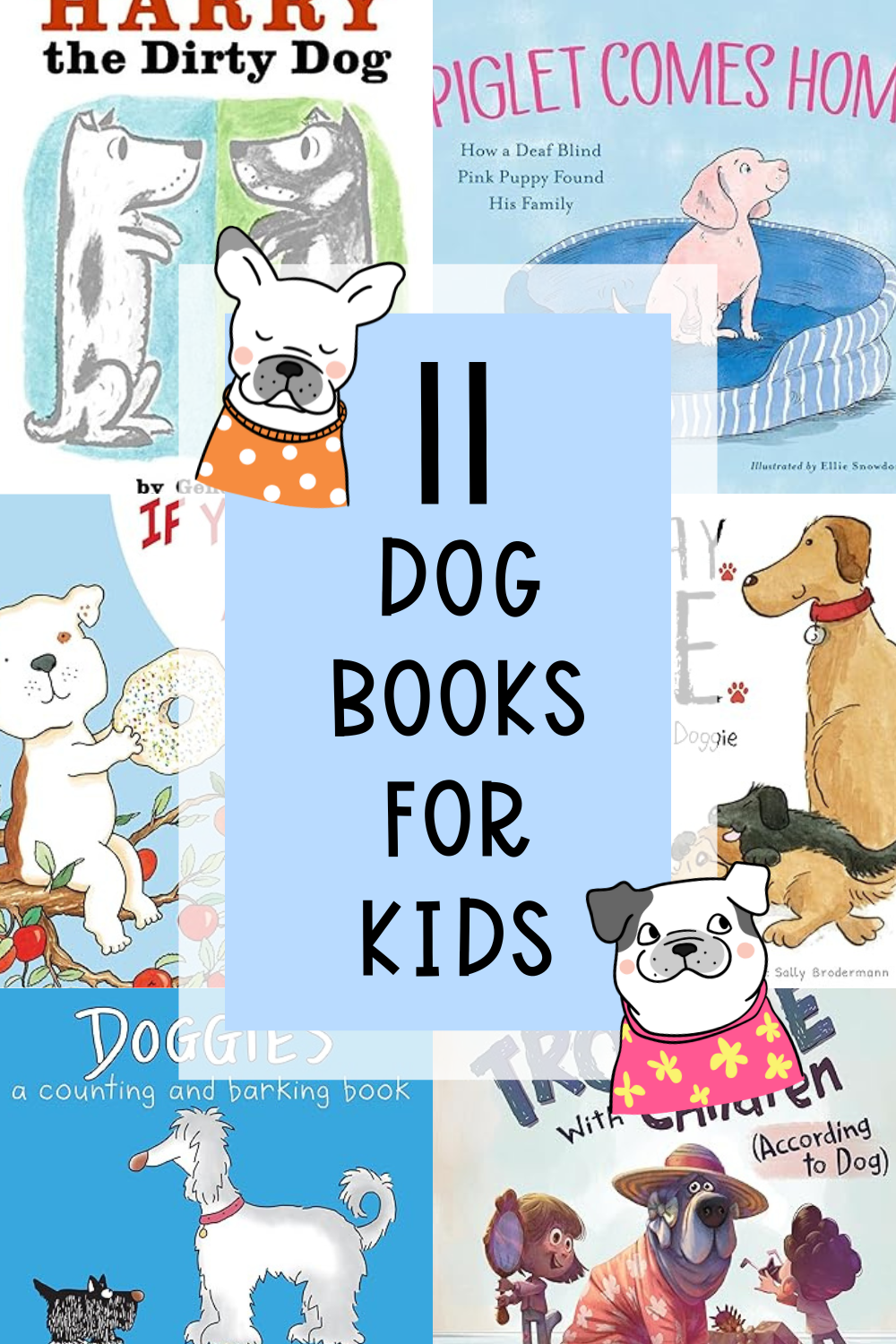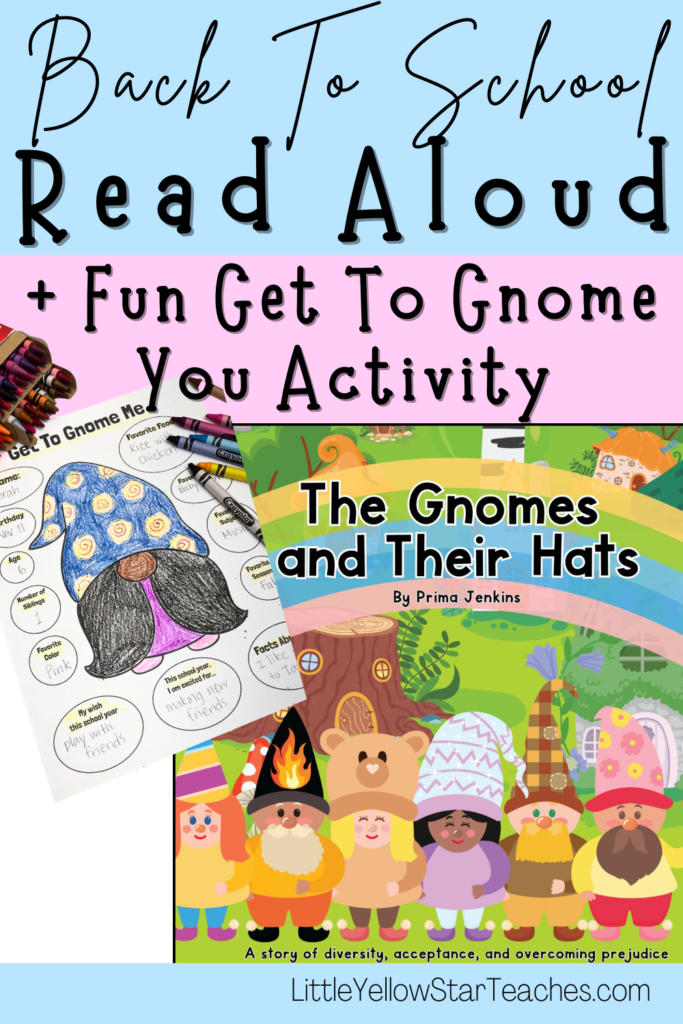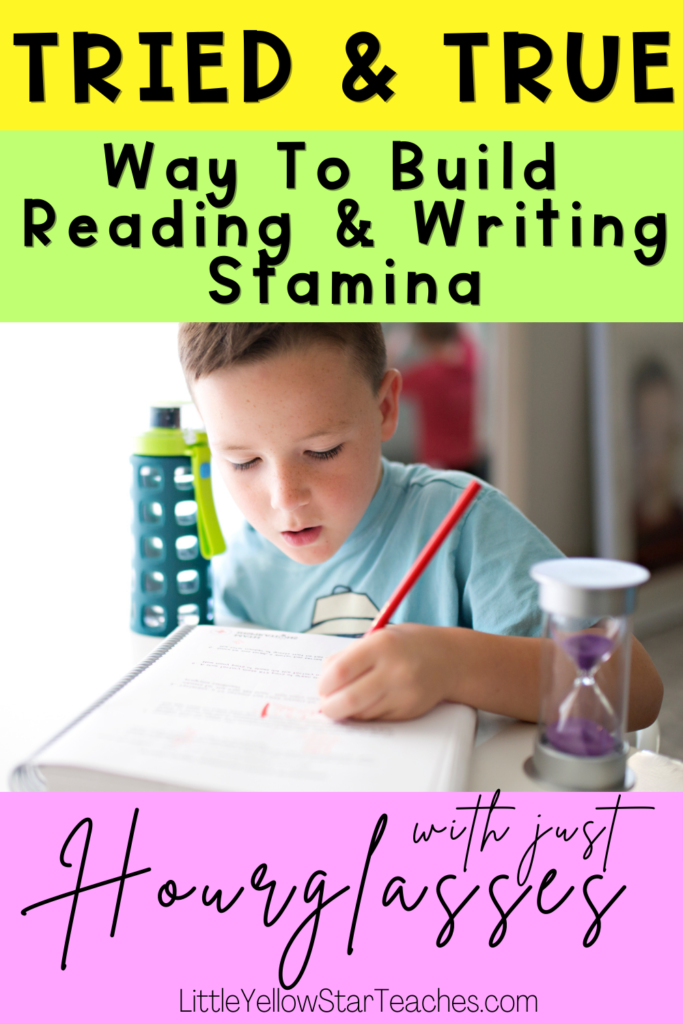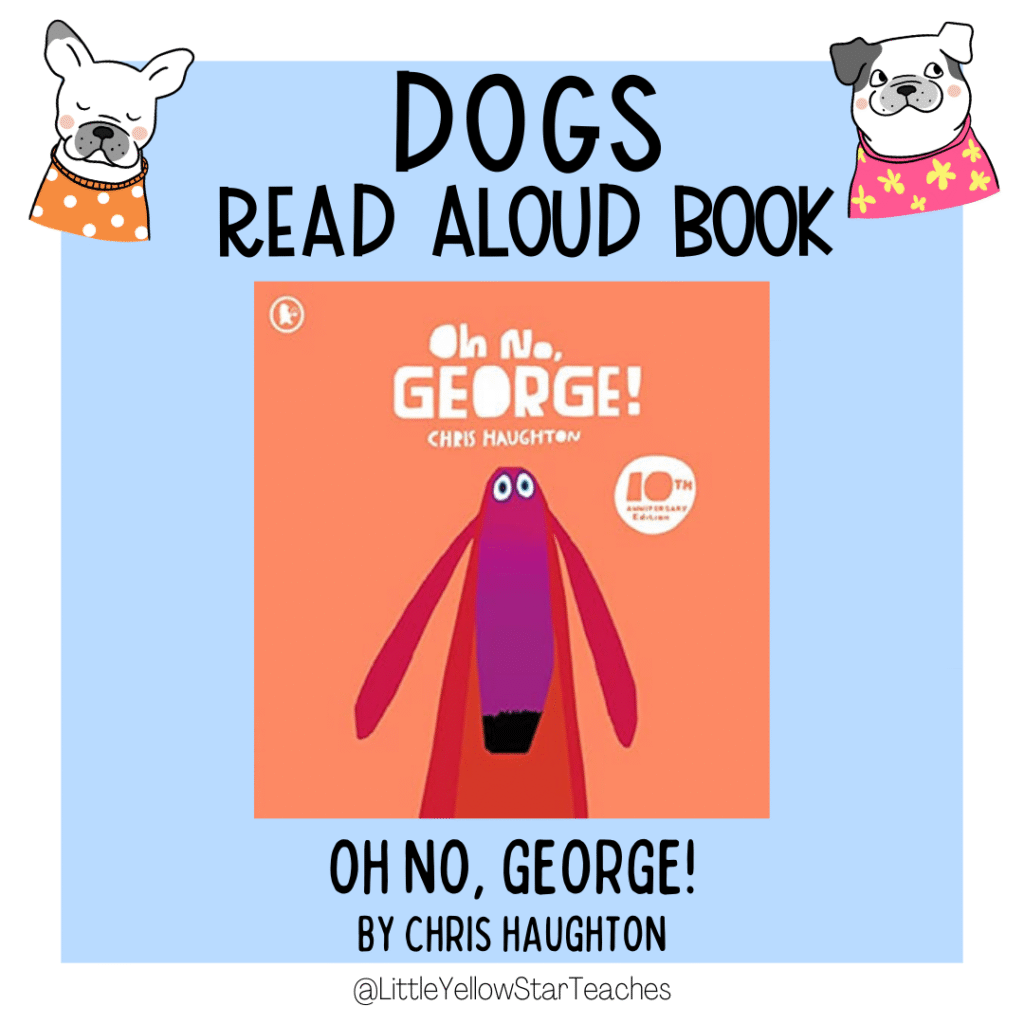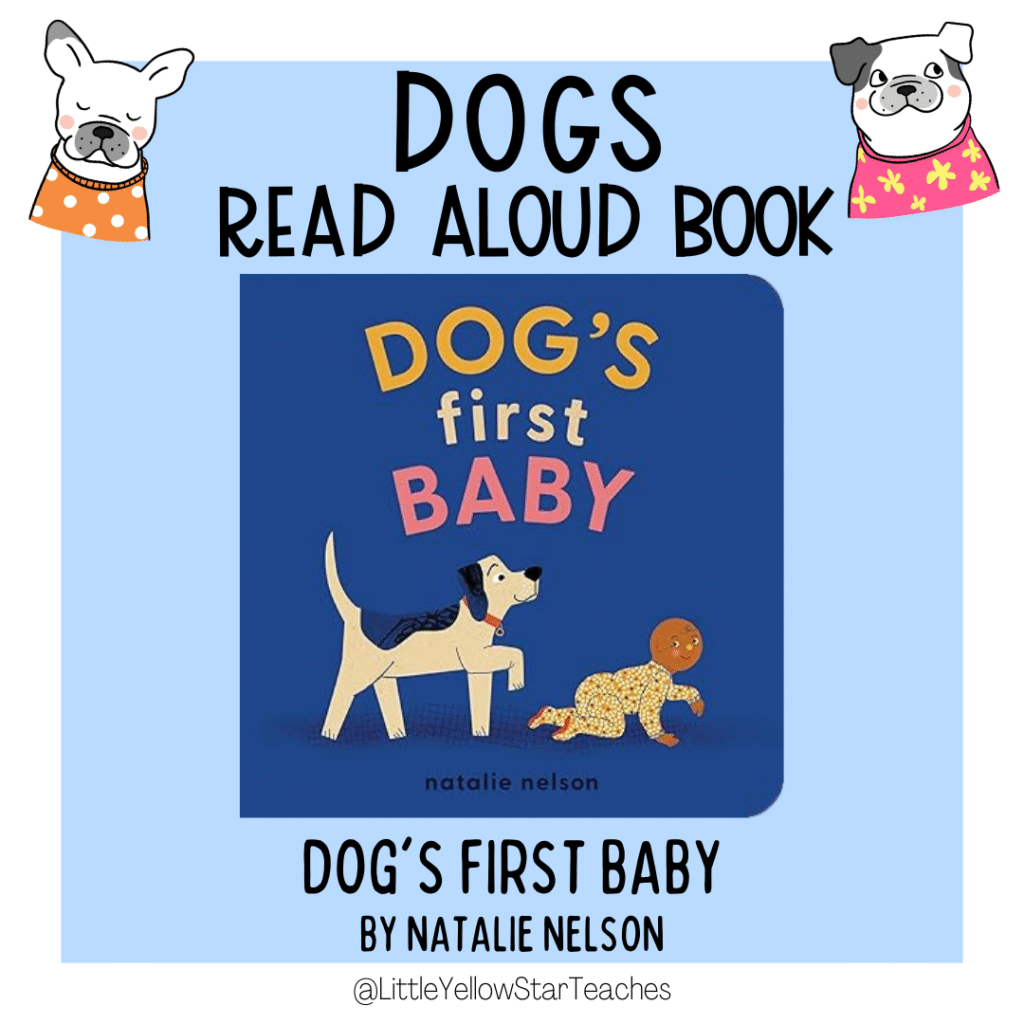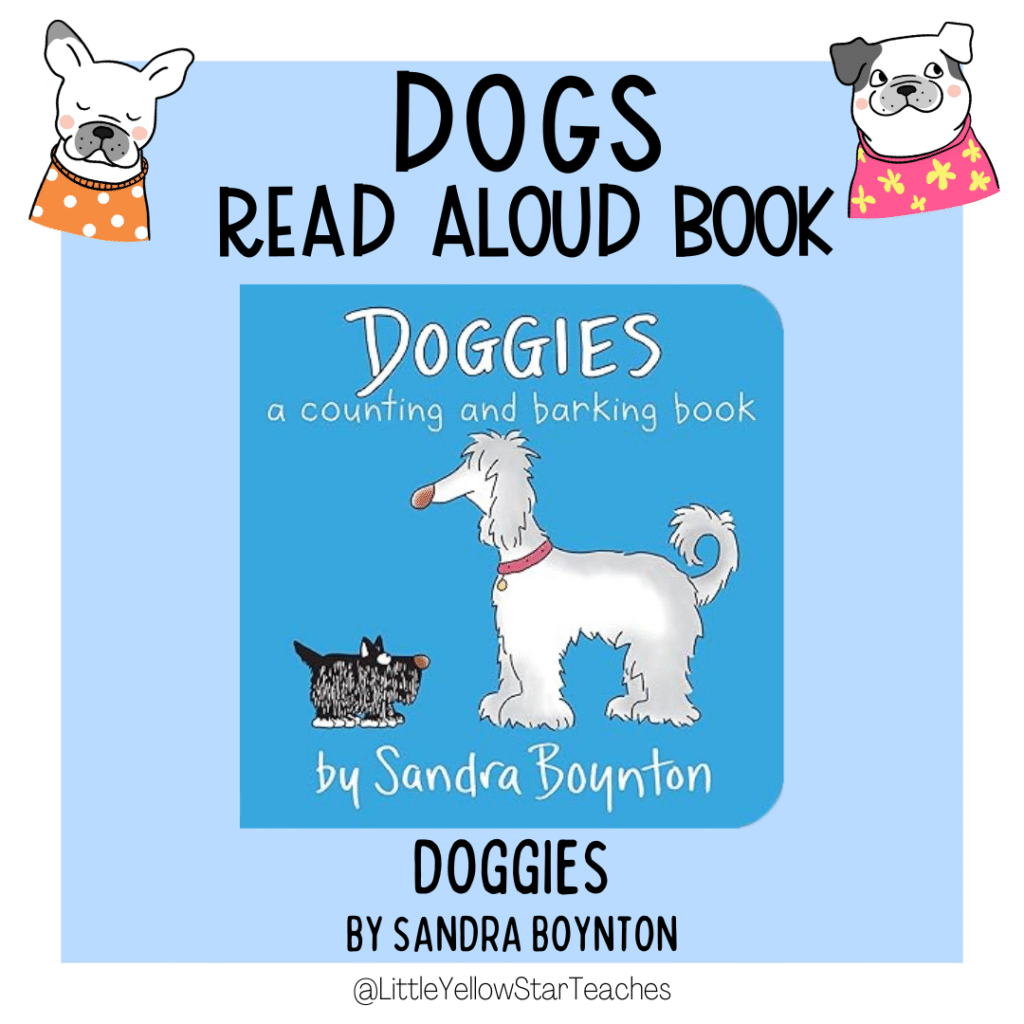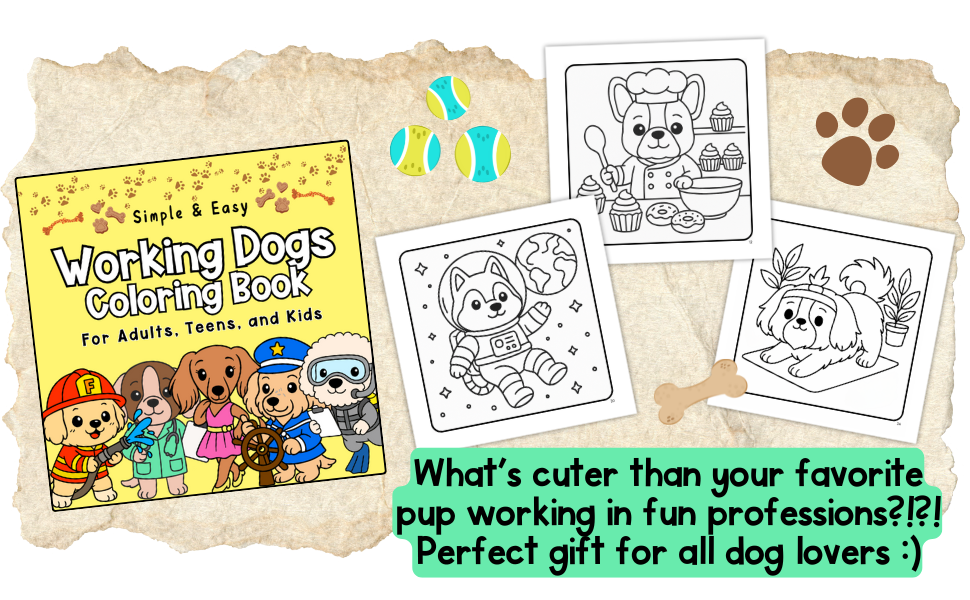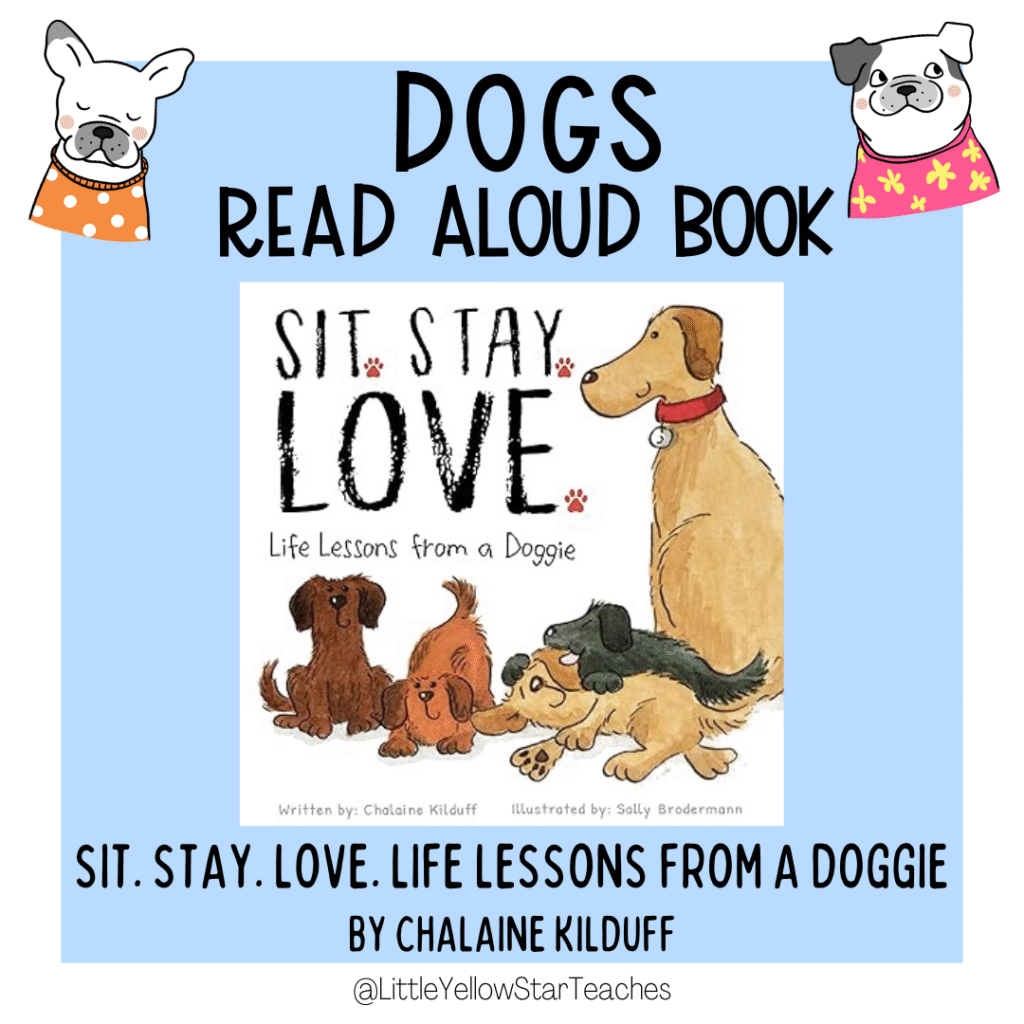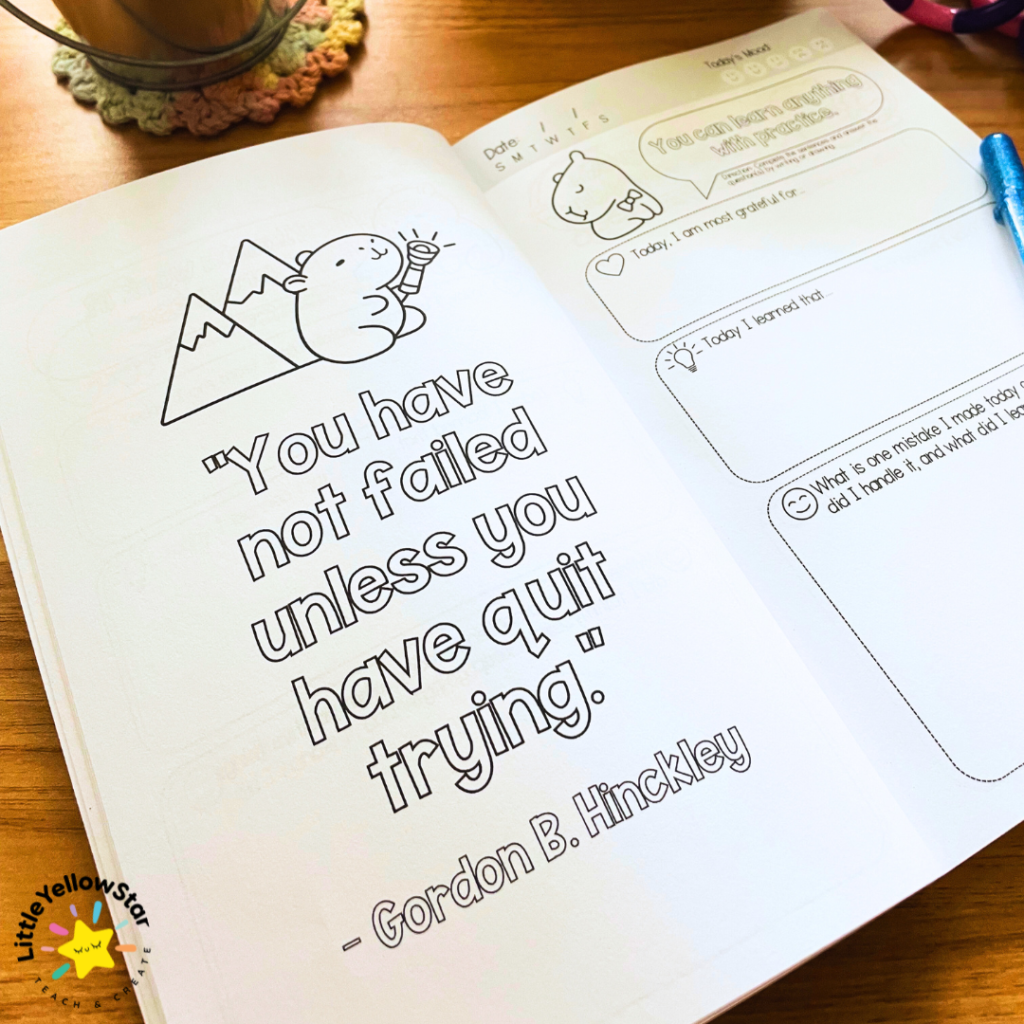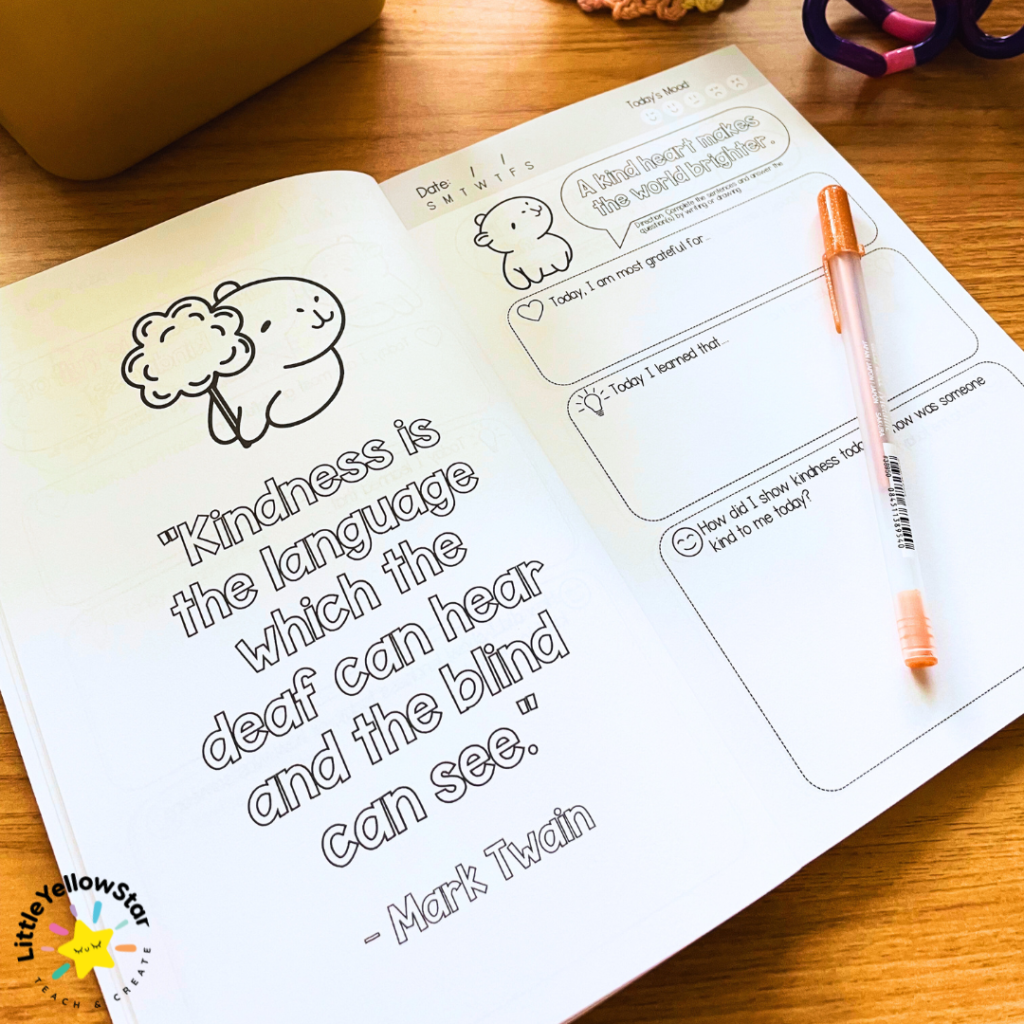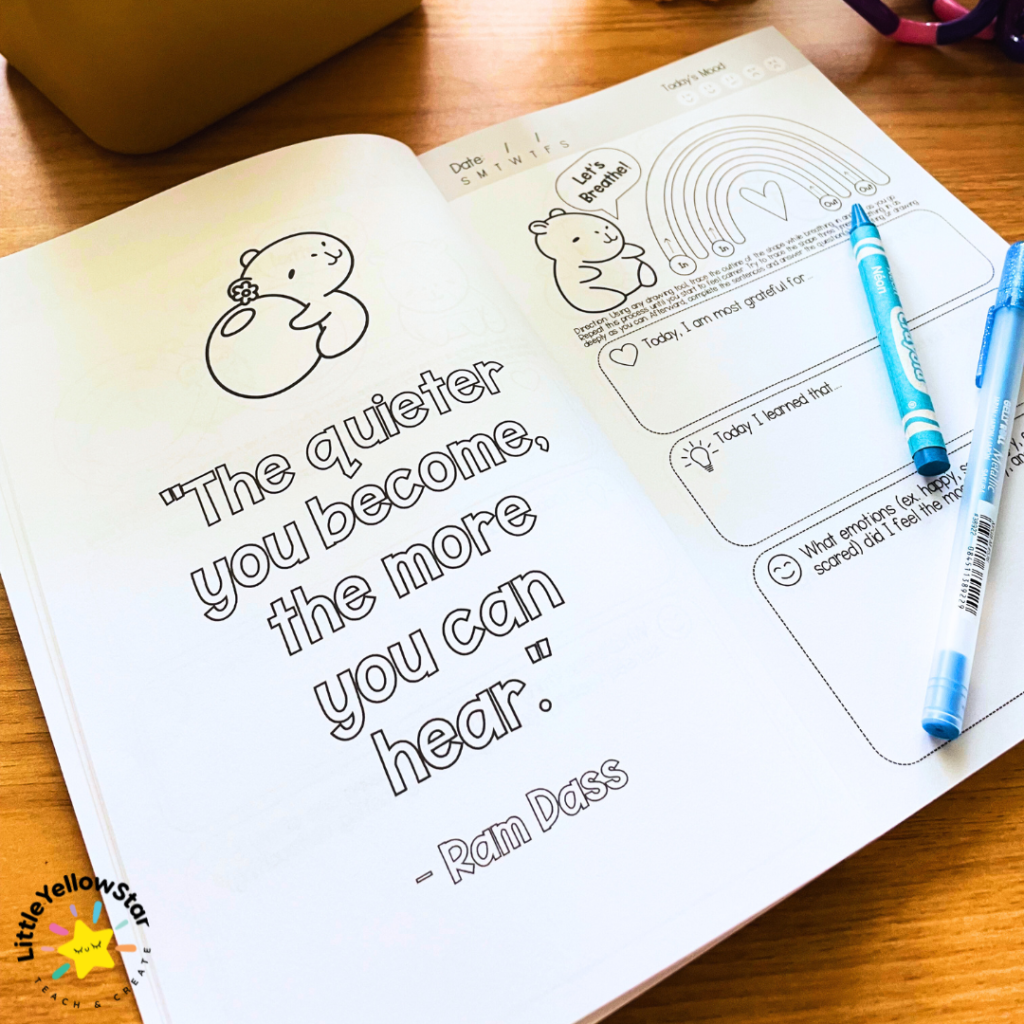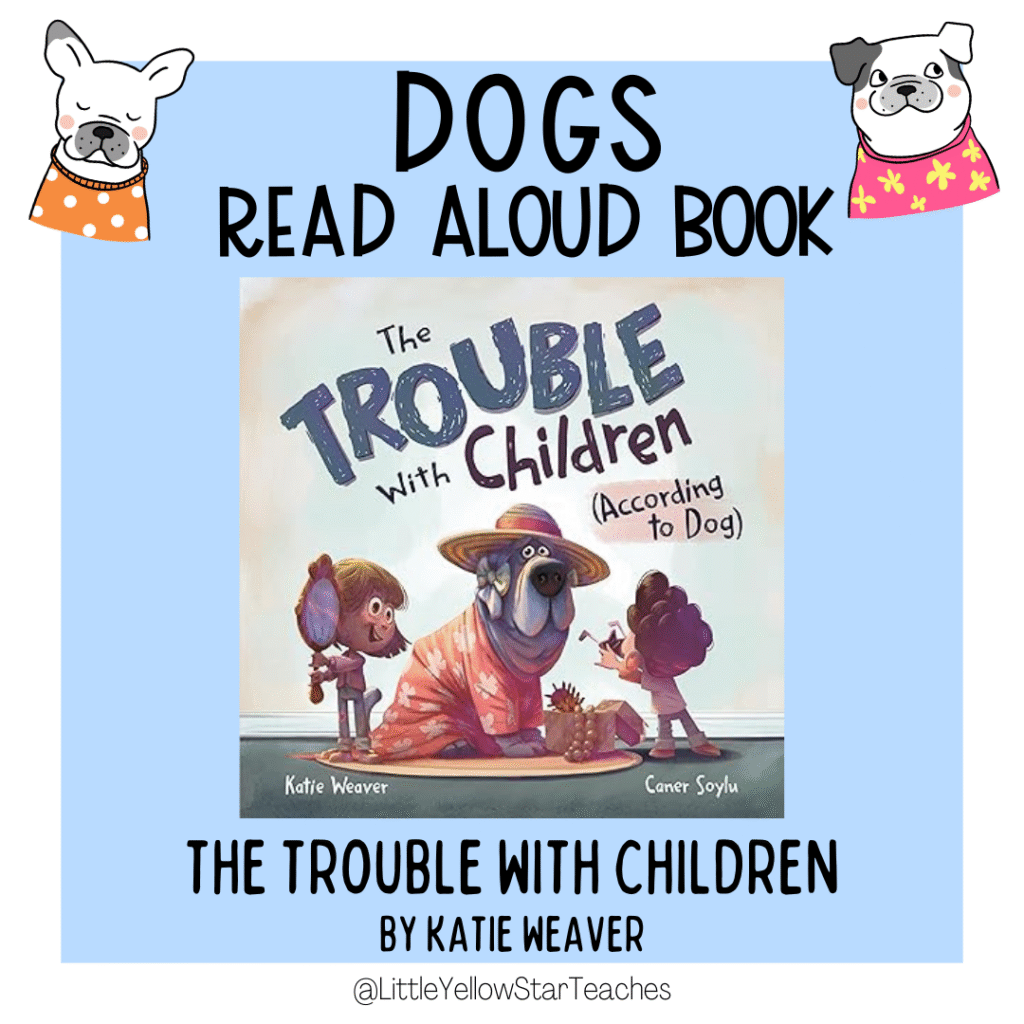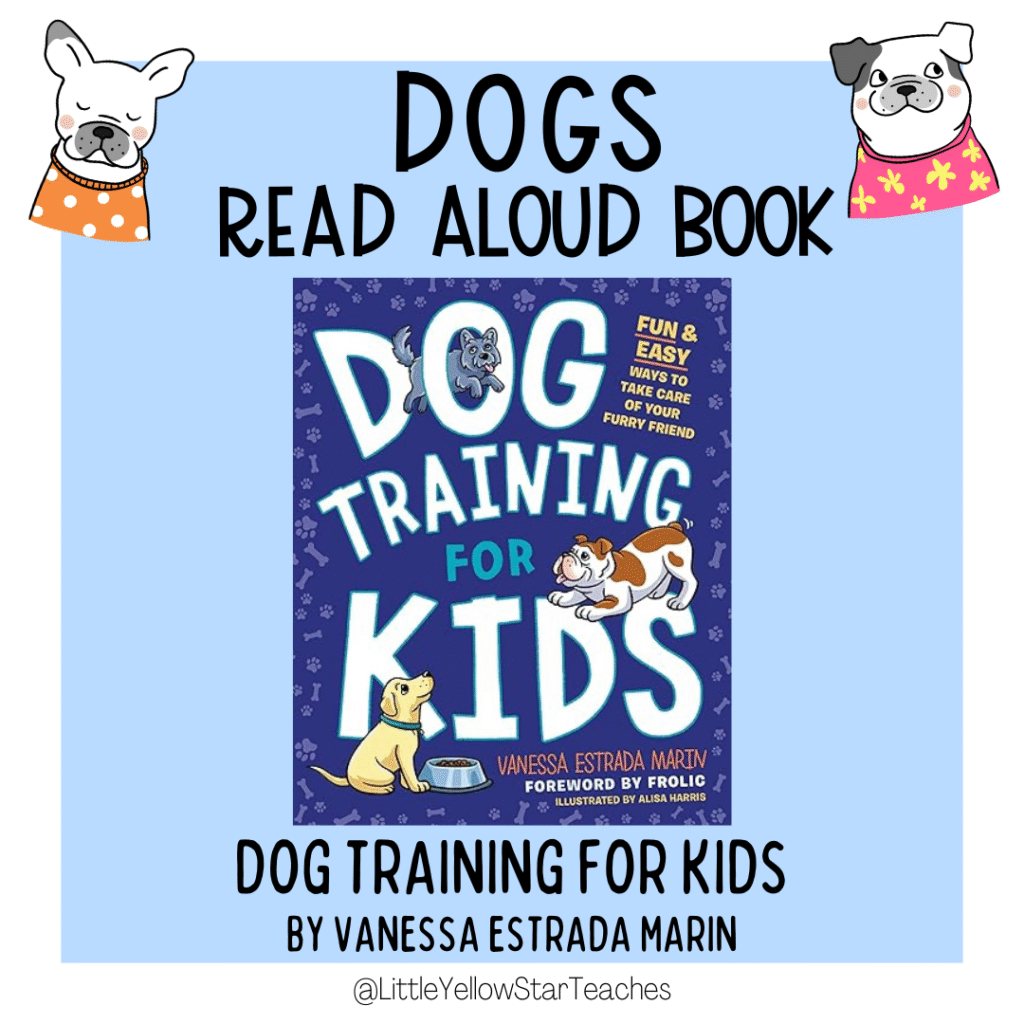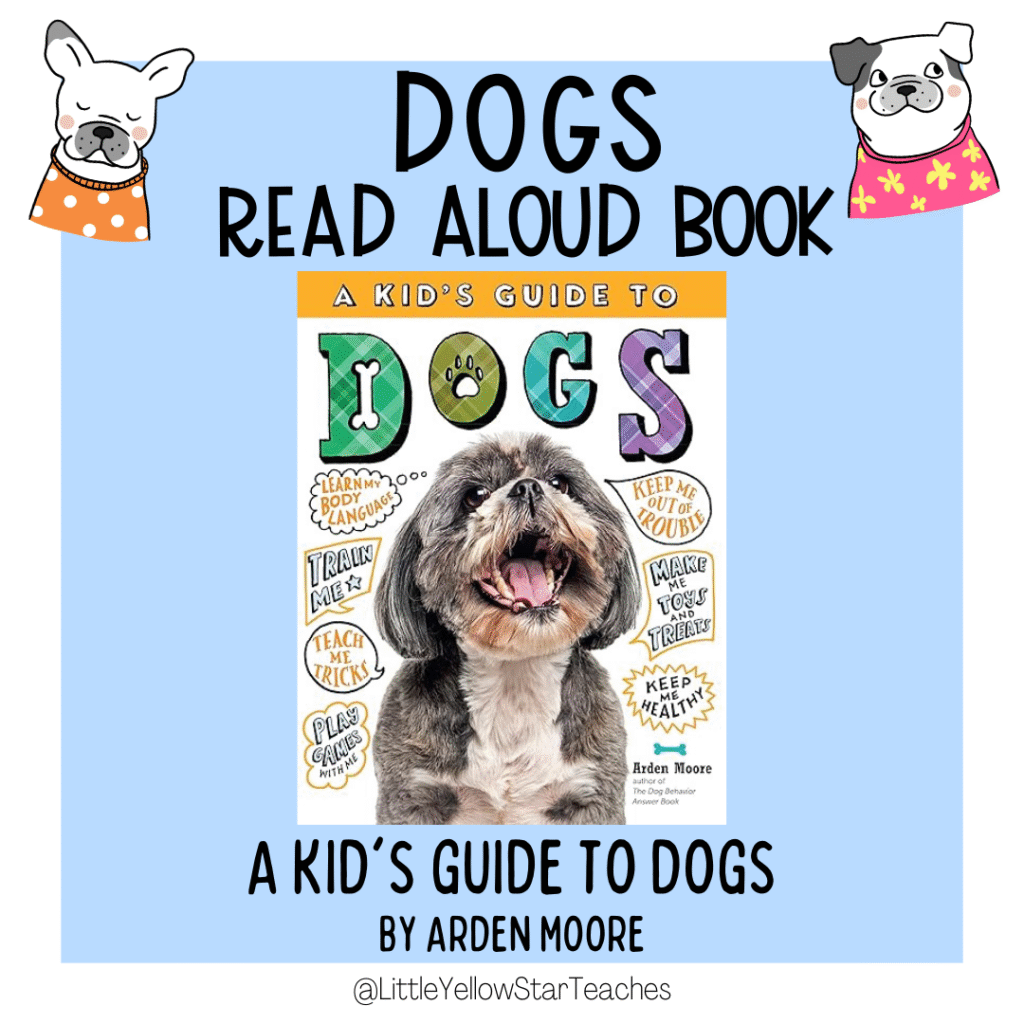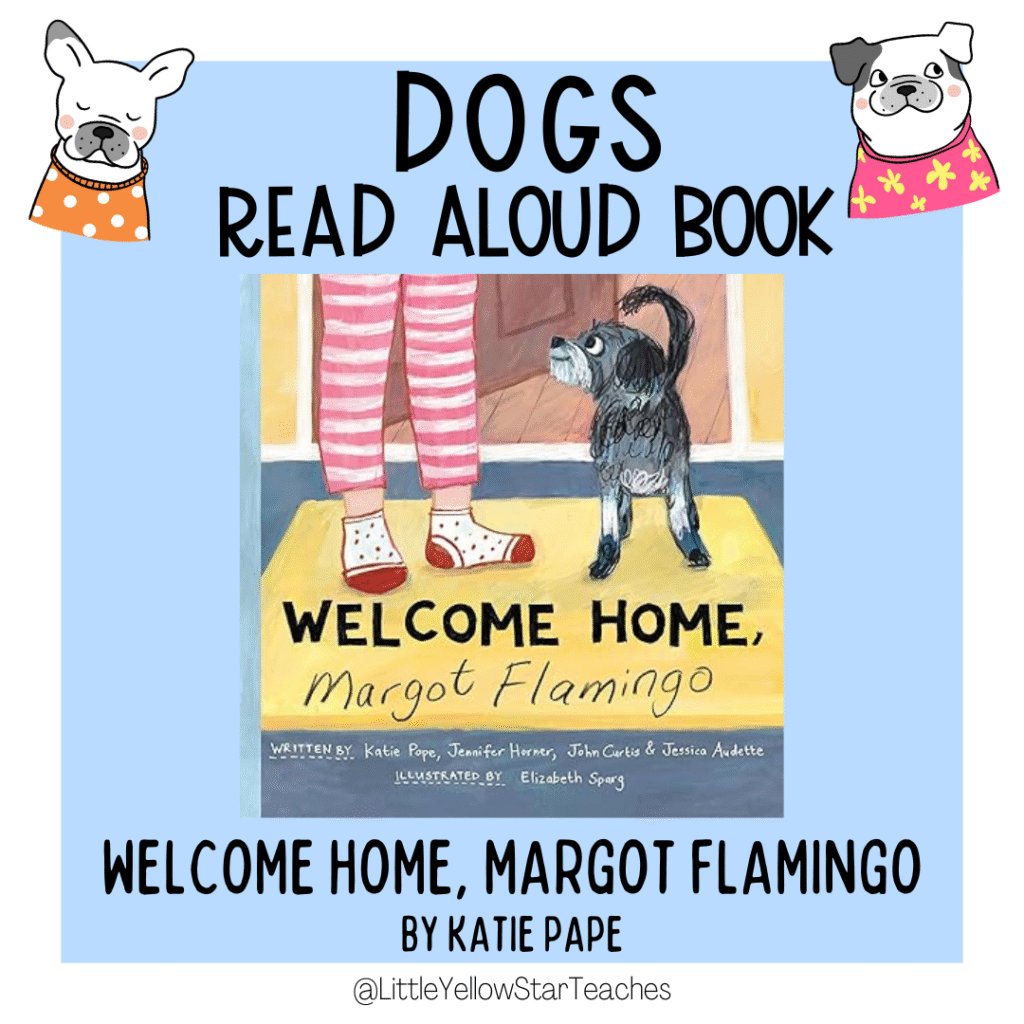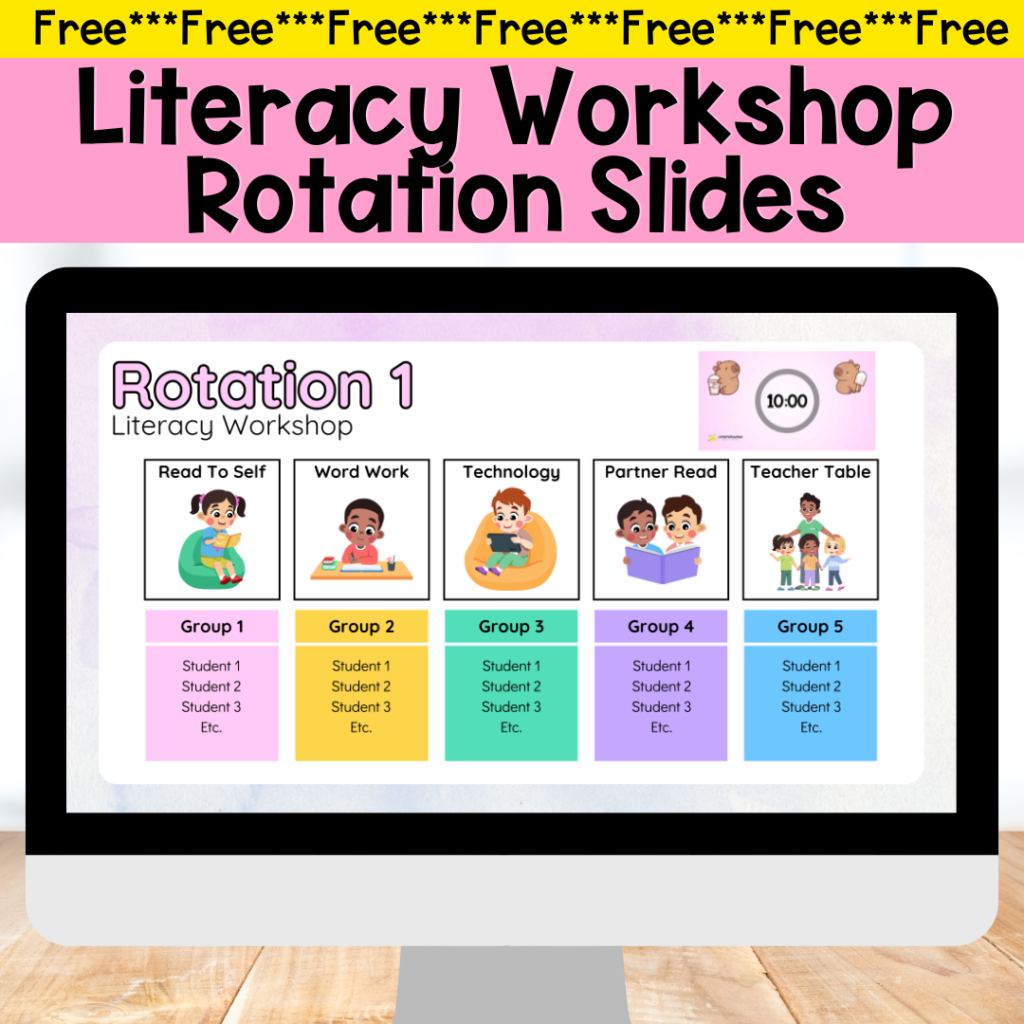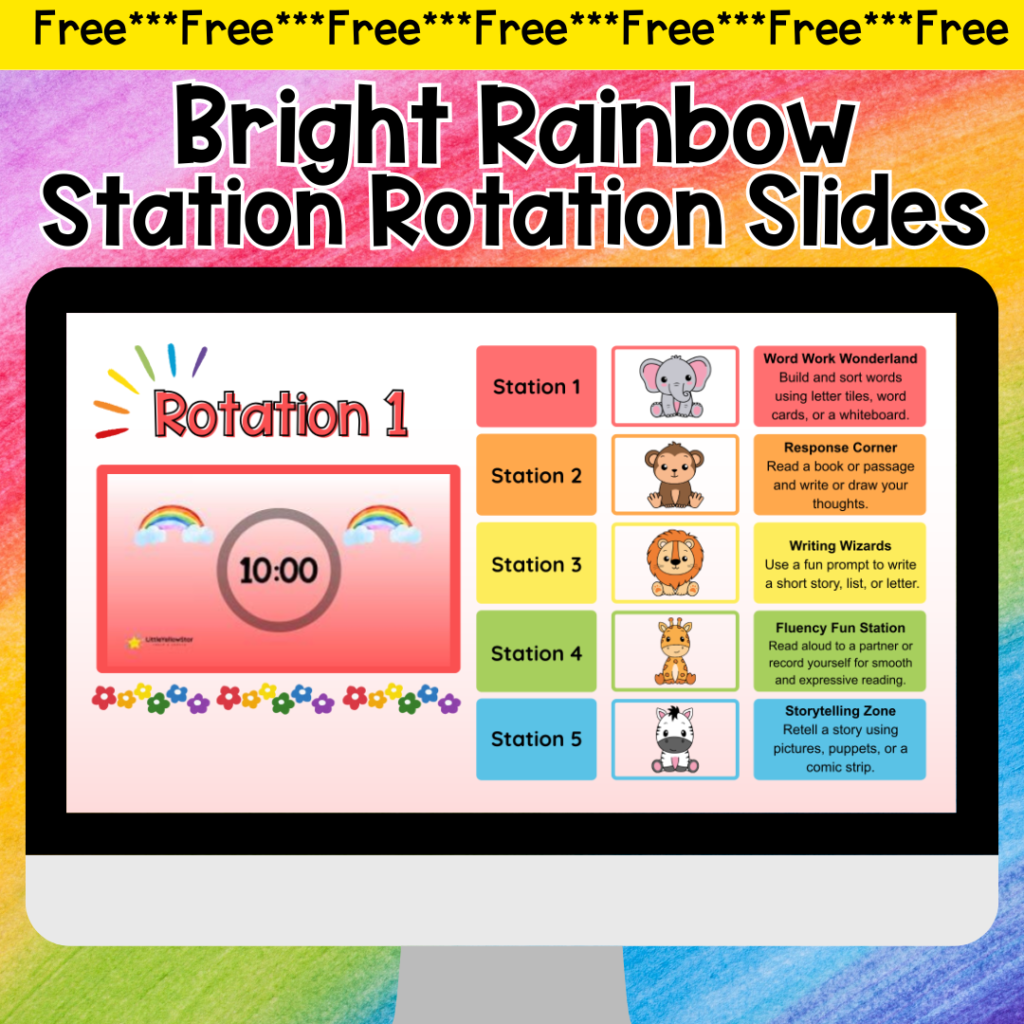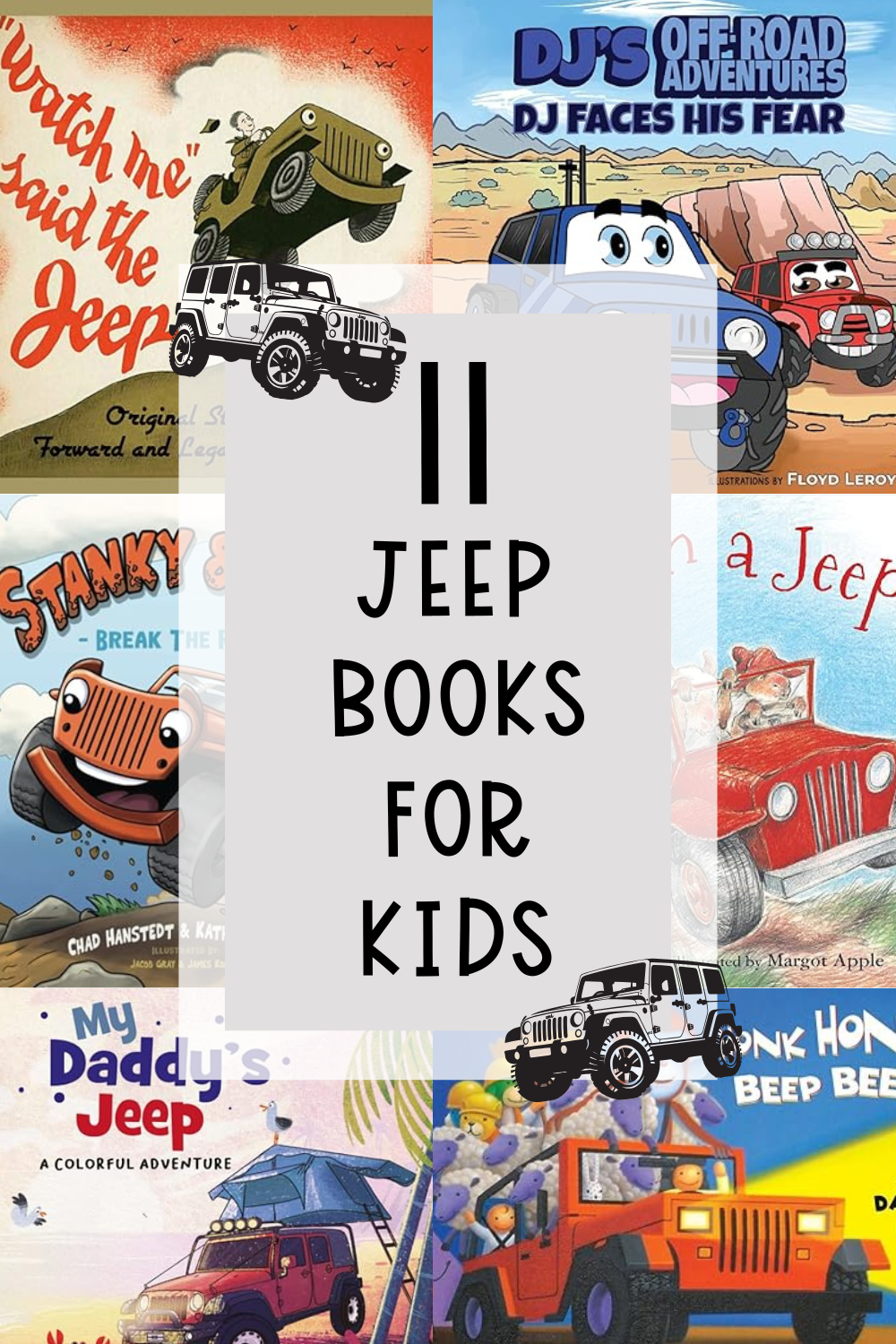Heartwarming Stories That Teach Loyalty, Friendship, and Love
Dogs are more than just pets—they’re loyal companions, brave protectors, and often hilarious troublemakers! Books about dogs invite children into stories filled with adventure, kindness, and unconditional love. Whether they’re based on real pups or fictional furballs, dog stories are always a hit with young readers.
In this post, I’m sharing my favorite dog books for kids, organized by age group. I’ve also included fun dog-themed activities and discussion questions to bring these lovable stories to life. Let me know which dog book becomes a favorite in your home or classroom!
***Disclosure: This post contains an Amazon affiliate link that at no additional cost to you, I may earn a small commission when you purchase through the link from my blog. Thank you for your support!
Table of Content
- Why Read Books About Dogs?
- The Role of Books in Teaching Kids about Dogs
- 11 Dog Books For Children
- What Dog Book(s) Are You Going To Read Later?
Why Read Books About Dogs?
Dog books are full of heart—and often humor, too!
Whether it’s a story about a heroic rescue dog, a mischievous puppy, or a dog who helps someone feel seen and loved, these books help kids explore themes of loyalty, responsibility, friendship, and empathy. They’re also great for showing how animals can become part of a family.
Reading about dogs encourages children to care for others, express emotions, and celebrate the joy of connection.
The Role of Books in Teaching Kids about Dogs
Dog stories often mirror the real-life relationships kids have with animals and people.
Children can relate to dogs’ big feelings—excitement, nervousness, curiosity—and learn how to manage emotions like jealousy, sadness, or fear. Dog books are also wonderful conversation starters about responsibility, boundaries, and the importance of kindness to animals.
Many also highlight themes like courage, teamwork, and never giving up, making them perfect for social-emotional learning.
How to Use Books about Dogs with Children
Here are some fun and meaningful ways to make dog books extra engaging:
- 🐾 Ask Open-Ended Questions: After reading, ask: If you had a dog like the one in the story, what would you name it? or What did the dog do that showed loyalty or bravery? Use Turn and Talk to let kids share their dog stories (real or imagined!).
- 🎨 Engage in Dog-Themed Activities: Make DIY dog ears for story retelling, draw your dream dog, or write an adoption ad for a pretend shelter pup. You can also act out scenes with stuffed animals or build a cardboard doghouse in dramatic play.
- 📚 Refer Back to the Books: During SEL moments or writing time, refer back to how a dog character handled a challenge or helped a friend. For example, Remember how the dog stayed by the child when they felt scared?
- 👨👩👧 Involve Other Caregivers: Encourage families to read dog books together—especially if they have a family pet! Share drawing prompts, kindness charts, or “dog job” lists for kids who help care for a real pup at home.
11 Dog Books For Children
Younger Children (Ages 3-6)
#1 “Oh No, George!” by Chris Haughton
George is a big, friendly dog who wants to be good—but sometimes his impulses get the best of him! This humorous and charming story explores what happens when George is left home alone and faces temptations like cake and dirt.
Encourages discussions about self-control, choices, and forgiveness.
Activity Suggestion: Temptation Test – Set up pretend scenarios where kids decide what the “good” or “not-so-good” choice would be, just like George.
Discussion Questions:
- Why did George do things he knew he shouldn’t?
- How did George try to do better?
- What would you do if you were George?
#2 “Dog’s First Baby” by Natalie Nelson
Told from a dog’s point of view, this hilarious and sweet book captures a pup’s confusion and curiosity when a new baby joins the family. It’s a perfect introduction to changes that come with a growing household.
Prepares children for sibling transitions with empathy and humor.
Activity Suggestion: Pet and Baby Role Play – Practice gentle interactions using a doll and a stuffed dog.
Discussion Questions:
- How did the dog feel about the baby at first?
- What changed over time between them?
- What do you think dogs need to feel happy and included?
#3 “Doggies” by Sandra Boynton
This delightful board book uses silly counting, barking, and Boynton’s signature illustrations to introduce numbers and sounds with an irresistible doggie chorus.
Combines counting with auditory play to develop early math and sound recognition.
Activity Suggestion: Bark and Count Game – Count along and mimic the different dog barks for each number.
Discussion Questions:
- Which bark was your favorite?
- Can you count how many dogs were in the story?
- What kinds of dogs do you think made each sound?
Lower Elementary Children (Ages 7-9)
#4 “Sit. Stay. Love. Life Lessons from a Doggie” by Chalaine Kilduff
With sweet rhymes and charming illustrations, this book shares heartwarming life lessons learned from dogs—like being present, showing love, and enjoying the little things.
Encourages mindfulness, gratitude, and emotional intelligence through the wisdom of dogs.
Activity Suggestion: Life Lesson Collage – Make a collage of things that make you feel loved and happy.
Discussion Questions:
- What was your favorite lesson from the book?
- How can dogs teach us to be better people?
- What lesson would your pet teach if they could talk?
#5 “Piglet Comes Home” by Melissa Shapiro DVM
Based on the real-life dog Piglet, this story follows a deaf and blind puppy as he learns to trust and feel safe in his forever home. It’s an inspiring tale of resilience and love.
Highlights inclusivity, adaptation, and overcoming challenges with love and patience.
Activity Suggestion: Sensory Exploration – Explore textures and sounds with a blindfold to understand Piglet’s experience.
Discussion Questions:
- How did Piglet feel when he first arrived?
- What helped him feel safe and loved?
- Why is it important to be kind and patient with animals and people who are different?
#6 “If You Give a Dog a Donut” by Laura Numeroff
In classic cause-and-effect style, this energetic dog embarks on an unexpected series of adventures that start with—you guessed it—a donut!
Introduces cause and effect in a fun, circular storytelling structure.
Activity Suggestion: Story Chain – Create your own silly story that starts with one thing and leads to another.
Discussion Questions:
- What happened after the dog got a donut?
- How did each event lead to the next?
- Can you make up your own version of this story?
Check Out Capybara-Theme Daily Reflection Journals For Kids!
#7 “Harry the Dirty Dog” by Gene Zion
Harry is a white dog with black spots who hates baths. When he gets so dirty that he turns into a black dog with white spots, his family almost doesn’t recognize him!
Explores identity, self-expression, and the importance of hygiene.
Activity Suggestion: Spot Switch Art – Color two versions of Harry (clean and dirty) using opposite color schemes.
Discussion Questions:
- Why did Harry run away?
- What made him want to come back?
- How did his family finally recognize him?
Upper Elementary Children (Ages 9-11)
#8 “The Trouble with Children” by Katie Weaver
From the dog’s perspective, this book humorously explains how children can be messy, noisy, and overwhelming—but also sweet, fun, and completely lovable.
Encourages empathy, humor, and appreciation for the ups and downs of pet ownership and sibling life.
Activity Suggestion: Draw a “Dog’s View” – Illustrate a scene from the dog’s point of view.
Discussion Questions:
- What did the dog find annoying about kids?
- What did he end up loving about them?
- How do you think dogs and kids can become good friends?
#9 “Dog Training for Kids” by Vanessa Estrada Marin
A practical and kid-friendly guide to training dogs with kindness and consistency. It includes step-by-step instructions and fun tricks, making it ideal for young pet owners.
Promotes responsibility, clear communication, and empathy through pet care.
Activity Suggestion: Practice a Trick – Choose one trick from the book and practice it with your dog or stuffed animal.
Discussion Questions:
- Why is it important to train dogs with kindness?
- What trick would you teach a new puppy?
- How can training help dogs feel safe and happy?
#10 “A Kid’s Guide to Dogs” by Arden Moore
Filled with fun facts, quizzes, and safety tips, this guide helps kids understand dog behavior, communication, and how to be a great pet friend.
Builds dog literacy and responsible pet ownership through engaging content.
Activity Suggestion: Dog Safety Poster – Create a poster with tips on how to approach and care for dogs.
Discussion Questions:
- What’s something new you learned about dogs?
- How can you tell when a dog wants to be left alone?
- What makes someone a good dog owner?
#11 “Welcome Home, Margot Flamingo” by Katie Pape
When Margot Flamingo joins the household, the family’s dog struggles with the change. Through humor and heart, this story explores the challenges of accepting new friends.
Addresses jealousy, adjustment, and learning to share love.
Activity Suggestion: Feelings Role Play – Act out how to welcome a new family member or pet with kindness.
Discussion Questions:
- How did the dog feel when Margot arrived?
- What helped him start to accept her?
- Why is it hard to share attention sometimes?
Grab these free resources to make your teaching life easier!
What Dog Book(s) Are You Going To Read Later?
Dog books for kids bring comfort, giggles, and heartwarming lessons. Whether your reader dreams of having a pup or already has one curled up at their feet, these stories remind us that love and loyalty often come with four paws and a wagging tail.
Which dog-themed book is barking up your bookshelf next? Tag me on Instagram @LittleYellowStarTeaches and share your favorite reads, drawings, or paw-some projects!
Happy reading!
Prima at LittleYellowStar
* * *

